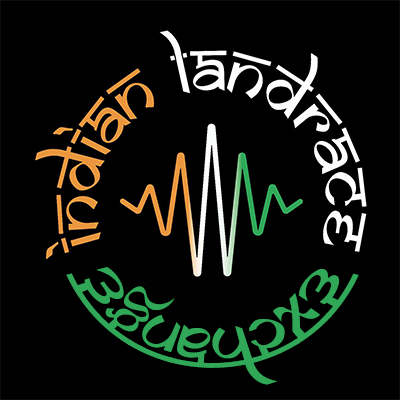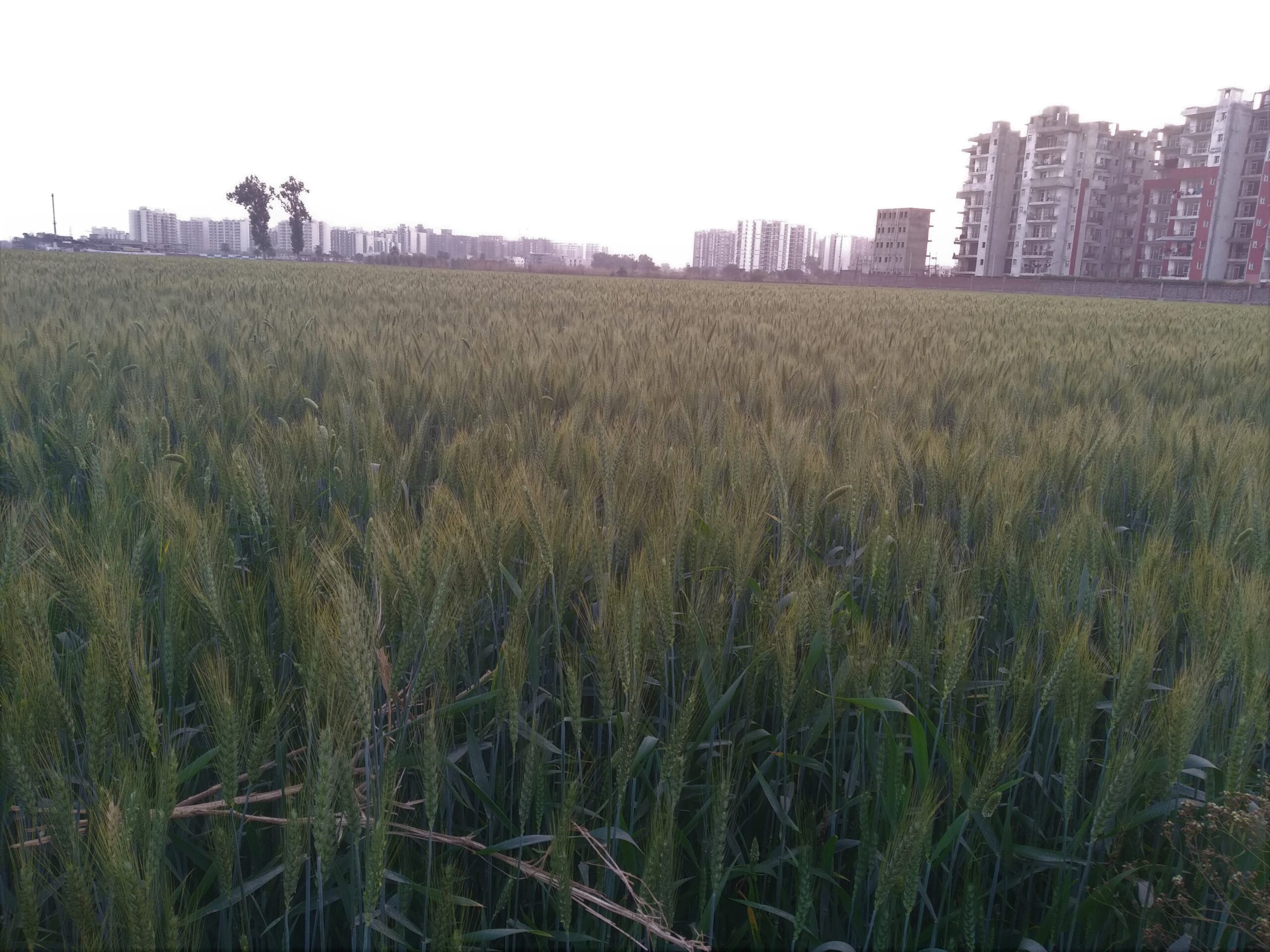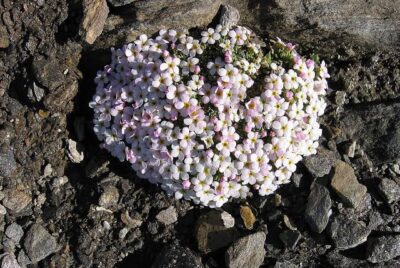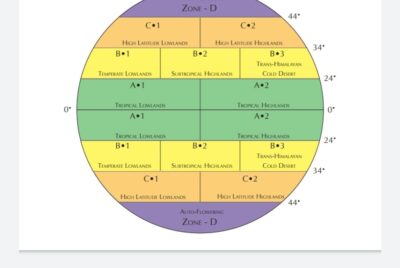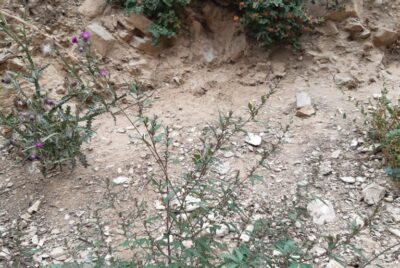The North Indian states Punjab and Haryana (formerly punjab, until 1966) creates a seamless flat land territory, carved by nature with 5 historical rivers which literally means the word Punjab (Land of 5 Rivers). Punjab not only borders with Haryana and Himachal pradesh but also shares an international border with Pakistan to it’s west with some important (previously known) cannabis regions, also highly involved in the opium trades across the border. Firozpur, Taran Taran , Abohar, Bagha, Fazilka & Jalalabad.

Punjab has been a crucial region for anybody who ever ruled or invaded India since it sits right at the foothills of Himalayas and creates an open access into the central, North, North east India.
It’s not hard to imagine that in the modern day it’s a busy and over crowded state, and that had its own impact on the cannabis populations which were here before human beings, With all these changes to the landscape Punjab provides a perfect model to realize the impact of the human expanses on the cannabis populations.
By looking briefly at the states history, geography and dynamics of our presence with cannabis in last many years will help us understand the adaptations very exclusive to these affected varieties, in a rapidly changing world.
BRIEF HISTORY (Pre-British colonisation)
Punjab has been a very important region in respect to many events and Land resources but above all, the fertile flat lands deposited with rich minerals of five rivers makes it the perfect place for large scale farming of crops like wheat and rice, all around the year with a temperate climate and guaranteed monsoon rains.
Being close to Himachal pradesh Punjab’s climate is influenced partly in the areas right at the border, at the transition zone between himalayan foothills and bonafide flat lands. Haryana now a separate state in India formerly was the extended part of Punjab towards Delhi i.e. south, so when we’re talking about Punjab geographically or historically, it would be applicable to both of these states as they share a similar climate and geography
Apart from the geographical importance there is quite a bit of history attached to these regions which somehow connects it to rest of the central Asia during the 1700’s with the arrival of mughal empire in India and the conquest of Nader shah which started from: Iraq, Turkey, Tajikistan, Turkmenistan, Afghanistan, Uzbekistan, Pakistan, North India Oman and all the way down to Persian gulf.

From Russia to Uzbekistan and till far out kandahar of Afghanistan were territories of The great Persian dynasty, The Safavid dynasty led by Shah abbas The great (1501-1736), However after the gradual decline of Timurid empire, Shia’ Islamic community rose to power and led to the consolidation of the impeccable Safavid dynasty but by the 1700’s they had lost a significant part of Russia to ottomans.
In 1736 Notorious Nader shah finally won the Persian Empire ran by Safavids, he reclaimed the entire Russian territory back and expanded the Persian Empire to zenith. His military conquests past through:(present day) -Iraq, Turkey, Turkmenistan, Afghanistan, Tajikistan, Uzbekistan, Pakistan, North India (Punjab-Haryana) Oman and all the way down to Persian gulf.
An iconic leader that Nadir shah was, his conquests had a profound effect on the countries he past through which also included looting and destruction of civilizations and using highland valleys, the beautiful landscapes for recreational purposes.

Around the same time in history in India during The Early 1500’s, Babur of turko- mongol origin who claimed to be direct descendents of great Genghis khan, defeated Ibrahim lodhi to capture Delhi and start the reign of Mughal empire in India (also included Pakistan as one country) In 1556 as Akbar stepped up as the Mughal Emperor who was not only a noble human being by nature but also a patron of art and preserver of whatever resources struck him as valuable assets. It was during this time at the heights of religious and socio-economic prosperity, that “Rajputs” from north west India and several other small territorial communities welcomed and celebrated Akbar The Great, and Himalayas shared their purest natural resources and most divine herbs with Mughals, ‘. Akbar was known as a philanthropist, leader, rational and a deep lover of art and music.
The notorious Nader shah fought a historic battle at karnal (Present day Haryana) in 1739, while crushing Muhammad shah with a golden ticket to go through Mughal assets which included all the art work , literature and edible, non edible plants and herbs.
He looted Mughal Empire based out of Delhi like a 5 year old on a free shopping spree. Mughals were incredibly famous for having unique and precious resources amongst all of central Asia which was at the epicenter of their kingdom, (present day Old Delhi). It’s hard to imagine if Nader shah’s conquest and plundering of resources and wealth would have had any significant impact on cannabis but time and again in history many great/notorious leaders conquered and ruled the Central Asia at different point in times, leaving a mark of their legacy.
CLIMATE Punjab-Haryana region has a temperate climate with hot summers and cold winters but without snowfall, India has an additional monsoon season during July-Sept which deeply affects the precipitation and humidity levels. The yearly climate here can be broken down into 4 different parts – 15 Nov – 15 Feb – Cold winter period with days averaging at 14-18 degrees Celsius and Nights at 5-10 degrees Celsius. There are occasional colder days or nights due to heavy snowfall in Himachal pradesh which can affect the weather several miles away in a matter of few hours. Very low humidity and scarce rain. 15 Feb – 30 march – Pleasant warm spring period with days averaging at 24-29 Celsius with cooler nights at 18-22 Celsius. The humidity is still below 50% on average days but it’s less drier than the previous winter period. 1 april – 15 july – hot summer period with extremely hot days averaging at 36-42 Celsius during day time and warm nights which can be as hot as 32 degrees Celsius with added effect of densely populated north Indian states Punjab and Haryana. 15 July – 1 Oct – Period of heavy rainfall- monsoon – It’s the wettest time of the year and the humidity can be as high as a rain forest during days and night, the humidity levels can be very daunting as they rise up to 90% . the temperature does lower down a little bit due to constant monsoon rains and overcasted days but high humidity ensures a very uncomfortable passage of day.
****The month of october in punjab and haryana is the transition period where the humid summers like a bonafide tropic gradually changes to dry winters similar to that of high latitude regions. The plants can be seen growing year around and in flowering during spring and autumn season.
Most of the inhabitable land has been either turned into residential/ commercial properties or have been cleaned up in the efforts to urbanize it. Punjab and Haryana are 2 of the most densely populated states in India with over 500 person per square kms an almost double of the national average, However It’s still not very difficult to venture across the far out villages towards India-Pakistan border in Punjab region to find cannabis still growing freely without any interference from the authorities, however the human expansion is definitely affecting these unique populations across Punjab region and they’re bound to disappear very soon if not tomorrow.
Plant Morphology and adaptations with human interference (light pollution and conscious eradication)
The distinct weather pattern which never becomes so cold or hot for the plants to grow in Punjab-Haryana has its own effect on the nature of cannabis, but there’s another factor which affects the cannabis plant in completely different way. The human factor, our presence near the plants is not unnatural however after the industrial revolution it has changed in many ways. The widespread and essential use of electricity to generate artificial lights during night time has affected the cannabis populations growing near urban centers. It can be seen that the populations growing near constantly lit zones has developed auto flowering tendencies or monoecious plants.
By and large 4 different types of natural strategies can be observed in the Directly Affected populations by artificial light in order to effectively Reproduce.
The key observation shows an unusually high propensity for monoecious traits or autoflowering traits or a combination of both. The distribution of genotypes resulting in all 4 types : 1.Auto flowering 2. Phot-period dependent 3.Auto flowering & monoecious 4. Photoperiod dependent & Monoecious
It is not clear but these 4 types can be easily seen in areas affected by regular night (flood lights) or street lights. These changes brought about by human interference doesn’t seem to be of any particular benefit yet costs the state government a hefty sum of money every year to clear the rampant wild cannabis population from the urban centers.
This is not a unique situation which is confined to Punjab and haryana, Most of the South-east Asia, central Asia and even densely populated parts of africa like congo, now has cannabis and human beings interacting in a very similar way, resulting in “ditch weed” or unproductive plant expression which can neither contribute in the resin department nor in the fiber and produces extremely small seeds with low viability.

Yet another factor involved in shaping the lowland cannabis in Punjab-Haryana urban centers is the conscious and unconscious eradication of cannabis. Animals, vehicles, pollution and people consciously eradicating plants have had an observable effect on the cannabis plants, the plants have developed shorter stature (still 8-10 ft but much less than it’s highland relatives growing only 100 miles north that grow on average 14-16 ft), and more vigorous side branching, as majority of the events relating to plant eradication only include parts above the ground, which seem to take a toll, as a result the plants respond very fast to redistribution of apical dominance once the meristem is cut, compared to their highland counterparts from neighboring state Himachal pradesh where plants are rarely trained in anyway, other than in a natural event.
B. {Classification of Long-term Human Impact on cannabis populations in South-east Asian and central asian natural Cannabis regions}
Central Asian Countries and regions like India, Pakistan Nepal etc. have been some of the epi-centers of cannabis from The early periods in recorded history however being tremendously more populated places compared to Middle Eastern countries have led to an indelible effect on the indigenous populations of Cannabis since. Central and South East Asian Natural Cannabis regions can be Broadly classified into 3 different Types in order to fully understand the overwhelming impact of Human expansion in these places.
The classification is not to suggest intra-population Variability or traits found in any specific region but to understand the Human-plant interaction where both of these organisms coexist and affect each other over time
1. {Unaffected/Wild Population} These are the Natural Cannabis plants which grow in a regenerative manner in nature every year without any human interference and also grow in areas not frequented or with Very limited access to human beings because of Difficult terrains or Military controlled areas. The intersex traits seems to be pretty marginally distributed amongst Unaffected/Wild Populations as it was recorded at the rate of 3/100 plants (**Info cited from the results of Lolab Valley ex-situ cultivation, with a sample size of 100 plants).

2. {Directly Affected/wild population} These are the Cannabis plants which naturally grow in a regenerative manner in the parts, Now heavily inhabited by human beings for over 50-100+ years which were once part of a seamless span of Natural Cannabis. These plants are affected by Light and Air pollution and thus large percentages of intersex traits can be seen in these affected populations. Most plants growing right under street lights or nearby houses stand a slim chance of getting proper light cycles or finish time so the genotypes with intersex and autoflowering traits tend to make seeds more often and eventually outcompete other types.

3. {Farmed cultivars} These are the Natural Cannabis populations consciously domesticated in it’s own habitat or brought from a different region for traits such as fiber, resin, or bigger seeds by human beings. These plants tend to receive more tailor made feeding and care to different extents depending on the region and that has its own unique impact on these plants. The Farmed cultivars are usually grown in the areas with Unaffected/wild populations still in the vicinity and more than often they cross pollinate however both varieties can be distinguished easily by the vigor difference in every aspect. Domesticated plants grow bigger, more robust with better yields and production with an overall low variability in the population compared to the unaffected wild populations.

**It’s rare for Affected wild populations to be near farmed populations as cannabis is generally farmed in secluded and remote areas which are less populated due to the current Law structure.
